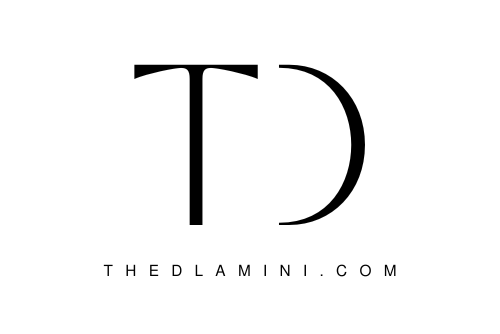If you’re considering a move to Namibia, it’s important to be aware of the true cost of living in the country. Expenses like housing, food, transportation, and healthcare can add up quickly, so it’s important to budget accordingly. Here’s a look at some of the biggest expenses you’ll face when living in Namibia.
Housing costs in Namibia
Housing costs in Namibia can be expensive, especially in the capital city of Windhoek. The average cost of renting a one-bedroom apartment in Windhoek is about $700 per month. Utilities, such as electricity and water, can add $100 to your monthly expenses. If you’re planning on living in Namibia, it’s important to budget for these higher-than-average costs.
Food prices
Namibia is a relatively expensive country to live in. While necessities like food and shelter are relatively affordable, other costs can quickly add up. For example, transportation costs are quite high, and many items must be imported into the country, which also drives up prices. It is important to carefully budget when living in Namibia.
Transportation costs
Namibia is a beautiful country in southwestern Africa. Despite its beauty, the cost of living can be quite high, especially with transportation. Private cars are the most common form of transportation in Namibia and gasoline is also quite expensive. As a result, transportation costs can add up quickly for residents and visitors alike.
Healthcare costs
If you’re thinking of moving to Namibia, it’s important to be aware of the potential healthcare costs. While there are some private health insurance options available, they can be expensive. And without public health insurance, you’ll likely have to pay out-of-pocket for most medical care. This can add up quickly, so it’s important to factor healthcare costs into your overall budget when planning your move to Namibia.
